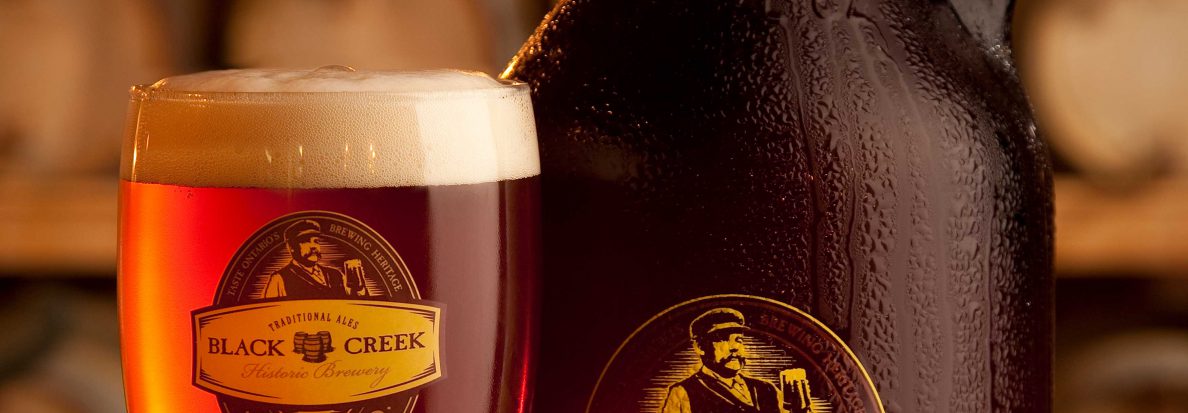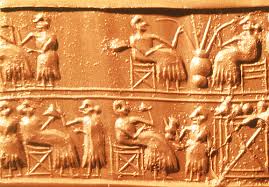Just over two months until the Black Creek Historic Brewery opens its doors!
While waiting, I finished my sojourn in Virginia with a trip to the Lost Rhino Brewing Company, located in Ashburn. Operations started in May 2011. Since they predate the change in state law which allows Virginia breweries (and not just restaurants) to sell beer onsite, there is a small pub attached.
But you’re here for the beer.
Another brewery, another flight. My friend and I split five beers this time. Without further ado:
Steampunk Amber Lager (ABV: 4.5%)
Because of my fantasy-author alter-ego, I was very excited to try this beer solely due to its name. It seemed to have more head than the other beers, with a nice amber-orange colour and a floral nose. It had a light malty taste, with more malt on the aftertaste. It was quite drinkable—nothing I strongly disliked, just nothing to write home about.
3.5/5
Santa’s Package (ABV: 5.5%)
At first glance, this beer looked stunningly like our Brown Ale: a light brown/dark caramel. A strong liquorice smell was noticeable right as I sniffed—hardly surprising, considering this beer contained anise. That liquorice carried over; it was one of the dominant tastes as well, blending quite nicely with the dark malts. A chocolate aftertaste rounded things out, though I didn’t taste the promised cinnamon. Overall, quite a smooth mouthfeel.
4/5
New River Pale Ale (ABV: 5.4%)
Everything about this beer was light: light amber colour, light floral aroma, light malt taste. It was fairly sharp on the front of the tongue and up in the nose…but nothing really grabbed me. It was inoffensive, I guess.
2.5/5

Rhino Chasers Pilsner (ABV: 5.6%)
Another lager—since we only brew ales at the Black Creek Historic Brewery, I was glad for the opportunity to expand my palate. Pilsners tend to be very crisp and clear and bright, and this one was no exception. Of all the beers we sampled, it was the clearest in the glass: a beautiful light gold. A subtle aroma foreshadowed a very light maltiness—there was a touch of hoppiness, but not much. Like the Pale Ale, it was quite innocuous.
3/5
Face Plant IPA (ABV: 6.2%)
Now this was quite the unfiltered little beauty. The cloudy, orange-gold colour was very familiar, as was the grapefruit aroma. The Face Plant had a lovely, hoppy bitterness, laced with citrus notes. It was fairly aggressive on the tongue, but with a more robust body than our IPA. Definitely a sipping beer.
4/5
Bonus Beer: Apocalyptic Ale (ABV: 9%)
My friend went back for one more beer: a strong Belgian blonde. Medium, golden amber colour, lightly fruity aroma. Honey notes weren’t immediately obvious on the first sip, but they came; there was actually quite a nice sweetness to this beer, with a very subtle bite at the end to break up the smoothness. A solid brew.
4.5/5
Just as a reminder, Black Creek Pioneer Village will be open for March Break! From March 8th-16th, we’re playing host to Sherlock Holmes. Come help him solve the Mystery of the Golden Egg!
(Alas, the brewery will not be open during this time, but we can’t wait to see you on May 1st!)
-Katie
















